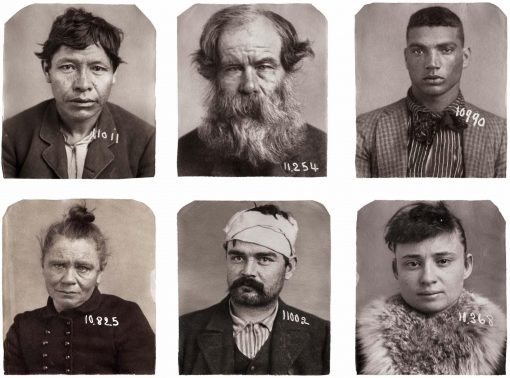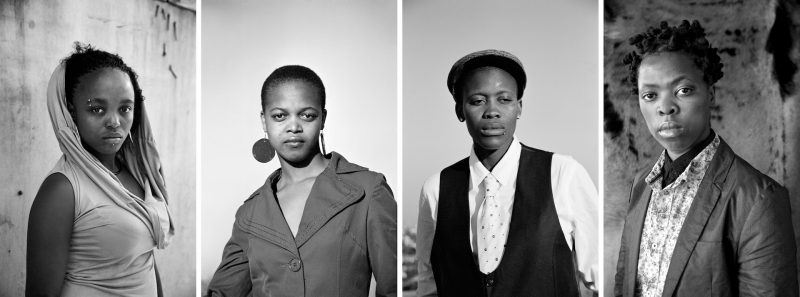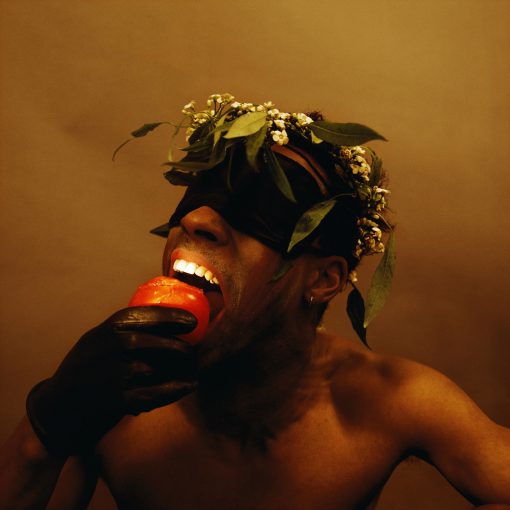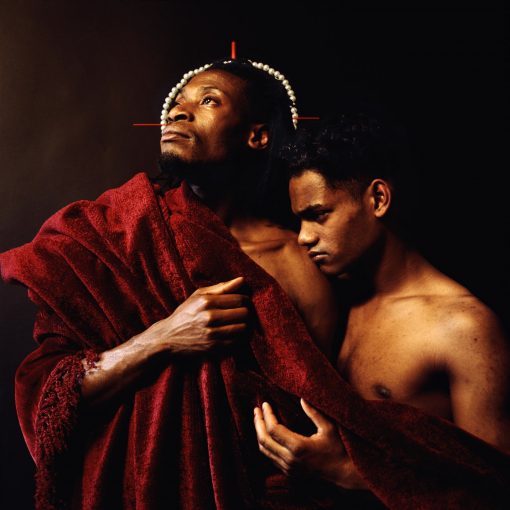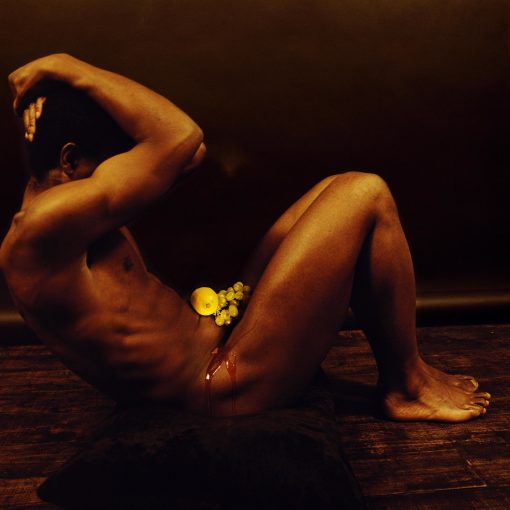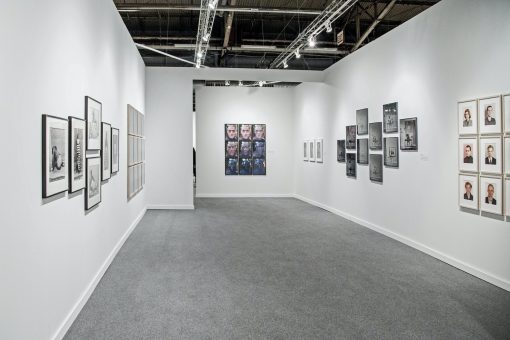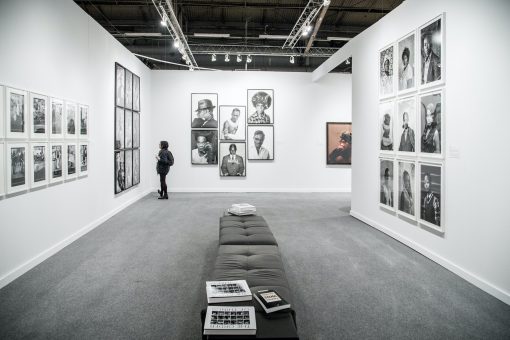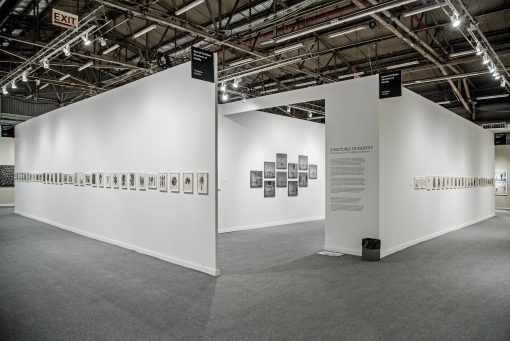Structures of Identity
The Photography Show presented by AIPAD, New York
3/30/2017 — 4/2/2017

The Photography Show presented by AIPAD, New York
3/30/2017 — 4/2/2017
Photographic portraits are more than souvenirs of friends or family—they are often markers of social identity. Structures of Identity examines how photographers, across a range of cultures and historical periods, have used portraiture to affirm or challenge social stereotypes constructed around notions of race, gender, class, and nationality. Reflecting on the ways that portrait photography has been deployed, Structures of Identity visualizes the political and cultural factors that shape individual and collective subjectivities, with a particular focus on the relation between self-representation and social identity.
Since the earliest photographic technologies in the 1840s, individual portraits have been situated within vernacular archives to denote social hierarchies, from the family album to the police lineup. Standardized daguerreotype portraits, occupational and performative tintypes, cartes de visite depicting entertainers or ethnographic types, and criminal mugshots, were all efforts to catalog and monitor social normativity within emerging industrial economies and regimes.
Similarly, many modernist photographic investigations into social representation and individual identity have employed the structuring devices of typology, taxonomy, and seriality. Just as German photographer Karl Blossfeldt precisely ordered plant specimens, August Sander, in his seminal project "Antlitz der Zeit" (The Face of Our Time) (1929), organized his subjects into social groups, genders, and generations, highlighting both the diversity of the German nation and the individuality of each sitter. Echoing this structural approach, both Richard Avedon's "The Family" (1976) and Accra Shepp's "Occupying Wall Street" (2011–12) create tightly organized series of individual portraits that, in very different ways, highlight the demonstrations and manipulations of political power within communal identity.
Structures of Identity also emphasizes the work of artists who use portraiture to subvert visual expectations and challenge markers of identification, thereby questioning notions of a stable, authentic self. Some photographers have capitalized on the power of photographic portraiture to explore changing conceptions of gender and sexuality, and race and ethnicity, including a selection from Zanele Muholi's powerful series "Faces & Phases" (2006–ongoing), which makes visible the members of a South African LGBTQ+ community that is silenced, if not often violently targeted.
Samuel Fosso's "African Spirits" (2008) shows the photographer impersonating and honoring the icons of the pan-African liberation and civil rights movements, while Rotimi Fani-Kayode's vivid portraits (1987–89) act out spiritual and erotic fantasies through his portrayal of the black male body. The body and the self are also made visible, or occluded, through gesture, pose, and movement in Malick Sidibé's deliberately sensual Vues de Dos (Back Views), (1999–2001).
All of these efforts evoke a precise and widespread practice of using portraiture within a larger classificatory grid that shapes the political meanings of those subjects. These images document the ways that visual forms and archival structures construct social attitudes. Structures of Identity deploys an approach that highlights the different ways that subjectivity and social identity are shaped and regarded within the history of the photographic medium—and reflects the ongoing efforts of The Walther Collection to discuss and consider the history of photography beyond conventional temporal, cultural, and geographic boundaries.
Pier 94
711 12th Ave
New York, NY 10019
www.parisphoto-newyork.com
